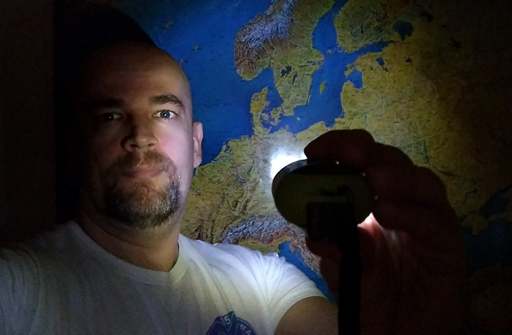About
About me, but very shortly: My name is Igor Gaspar, I am a mechanical engineer, working as a teacher on Szent Istvan University in Budapest, but I was always amazed with geography and satellite images. When NASA provided their night images from space, I spent hours of searching cities on their world maps, comparing those images with each other. But then I got the idea, to build a site where information for one city is prepared on one page. I hope You will find this interesting too, if so, enjoy the site.

About map tiles
NASA provided detailed night images from space with resolution of 15 arcsec (500m near equator) for 2012 and 2016 years, but I noticed that they are not 100% comparable with each other. Maps for 1995 and 2003 are in significantly lower resolution.
I projected these maps over openstreetmap tiles, but there was a small problem:
- NASA city light images are in equirectangular map projection, this means horizontal and vertical dimension of one square tile is equal in degrees, but not in meters. For example 1°×1° is a square tile, but in in meters this is rectangular area. OpenStreetMap tiles are in Web Mercator projection, where width and height of a square tile are nearly equal distances. NASA tile is scaled to web mercator projection and placed over inverted OSM tile provided by geolist.org.
About numerical presentation of lights
Only night lights from 2016 are analyzed (from the original grayscale version before combination the image with OSM tile). To compare city lights with each other, two equal square areas are calculated. First is around center 10×10 km and second is 50×50 km, more like land area around city. Luminosity of every pixel is placed into one of 10 groups on scale from 0-100%. Since it is very common, exactly 100% group is added too. This will result luminosity chart for area, so it can be comparable with other city too. An average number is also calculated for easier comparison.